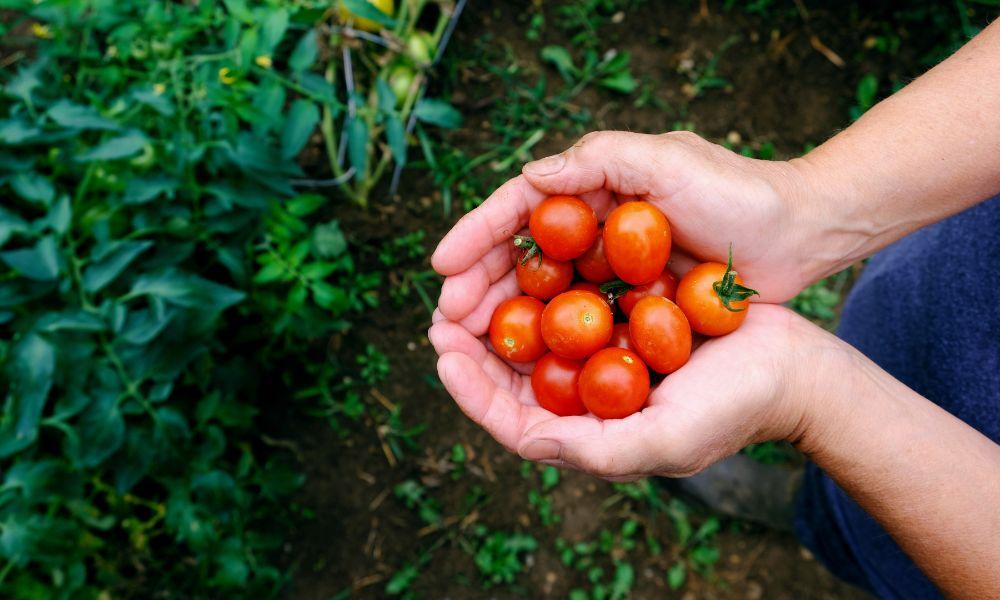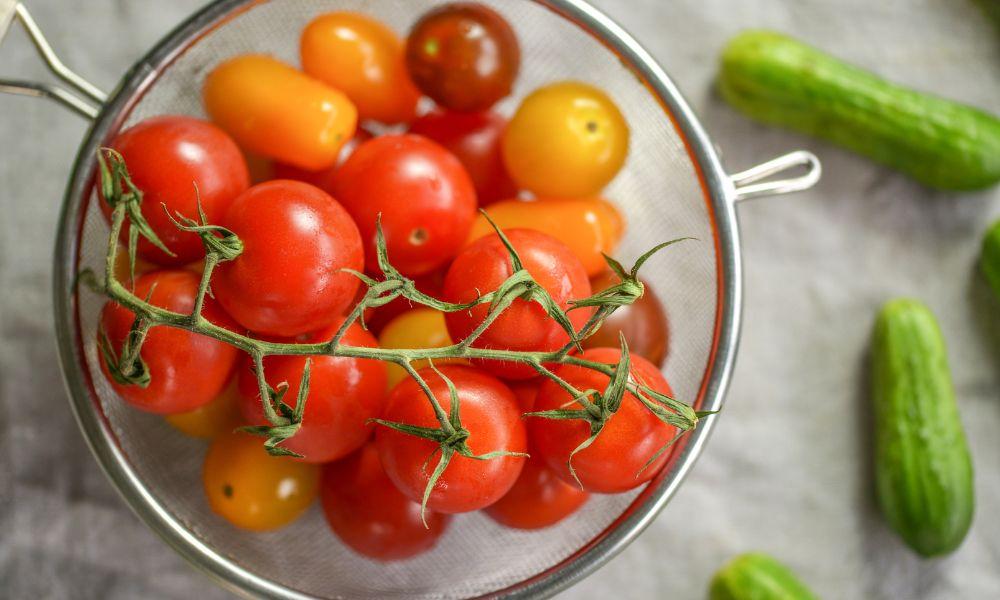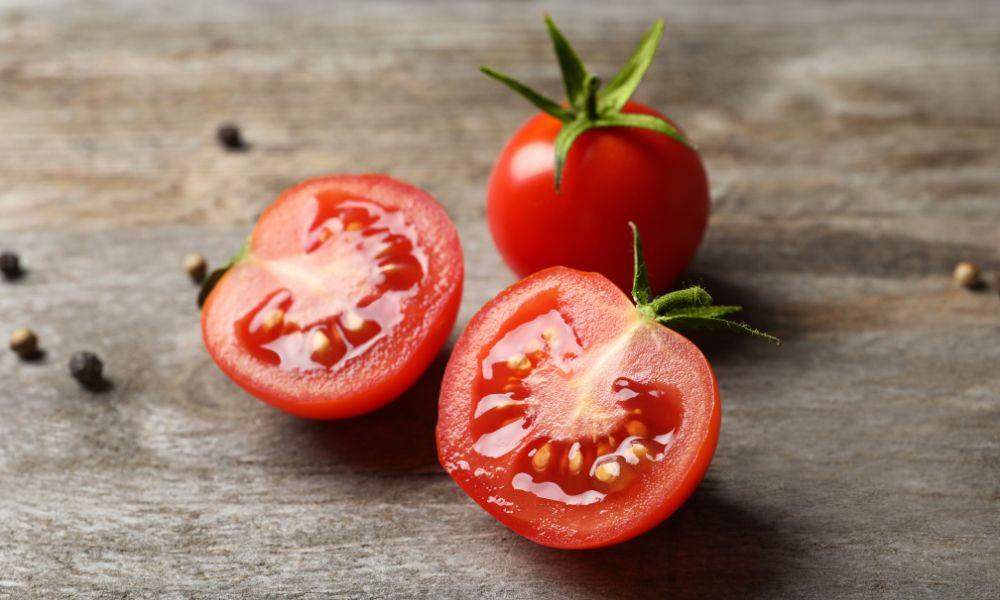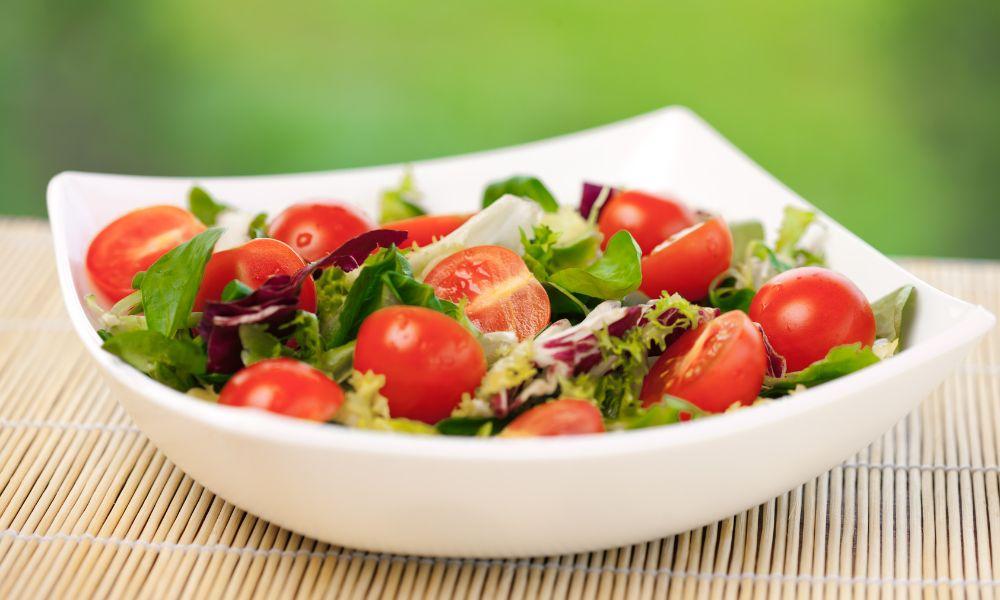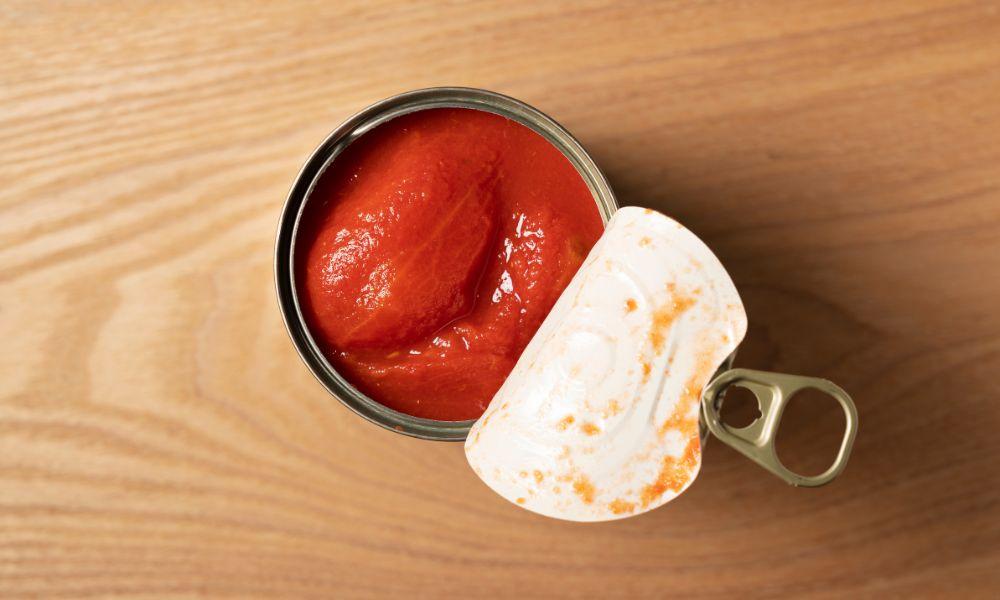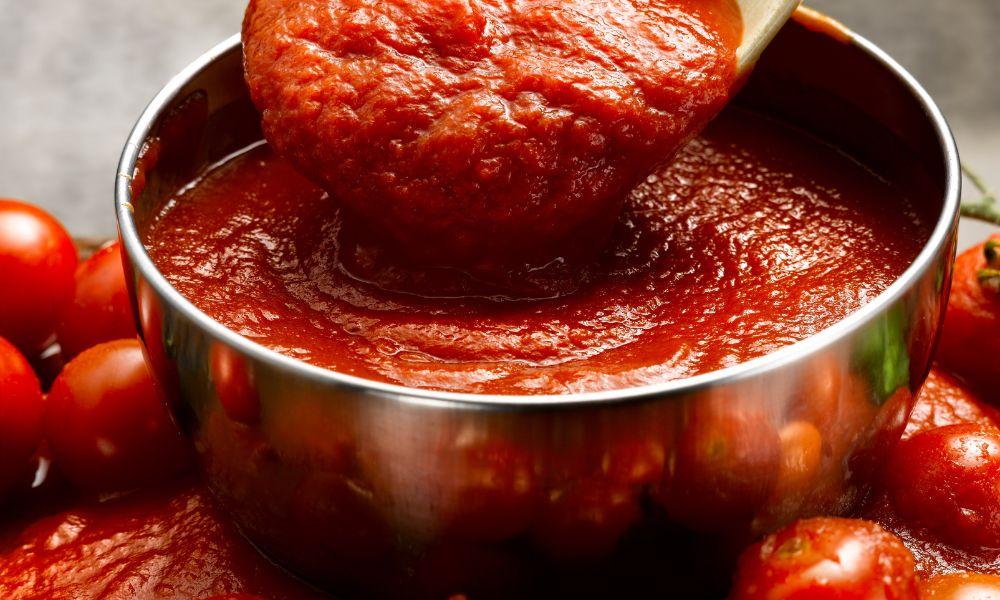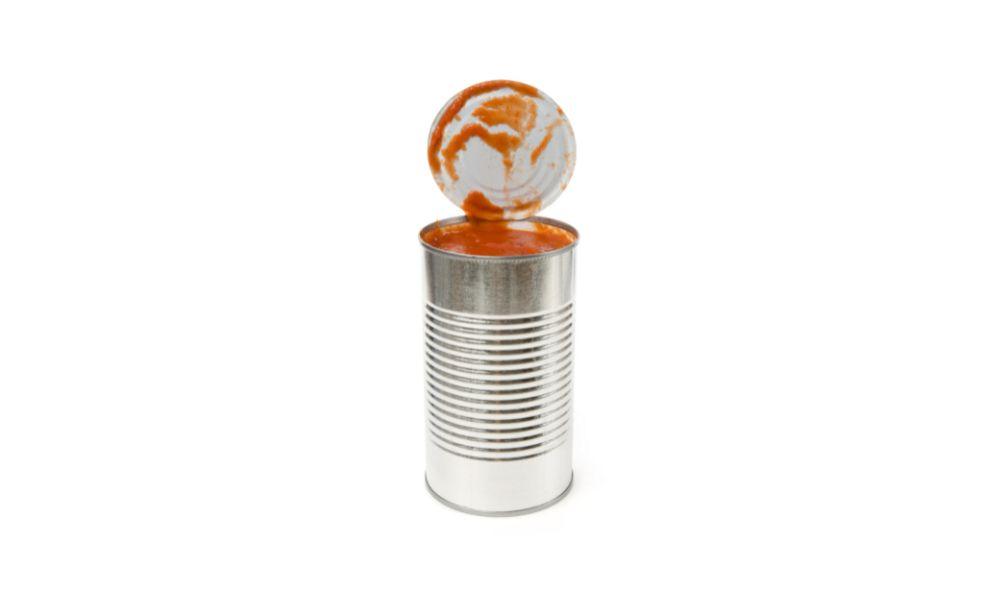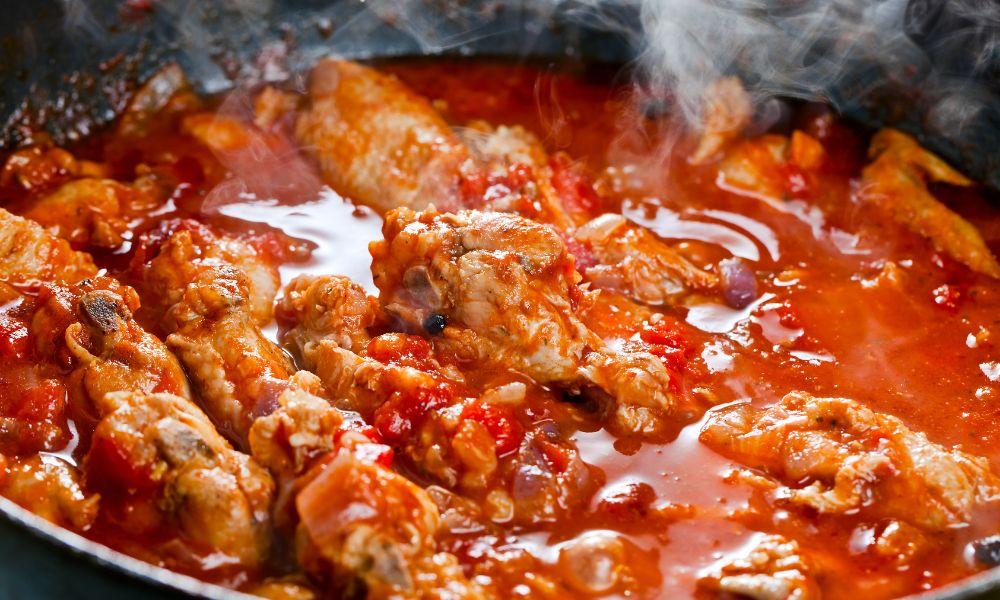Are you tired of your delicious tomatoes going bad due to improper storage? Or maybe you’re looking for a more energy-efficient way of preserving their freshness all year round. Discover the secrets to unlocking the full potential and taste of your tomatoes by learning how to store them for an extended period without a fridge!
In this ultimate guide, we’ll teach you the ins and outs of tomato storage techniques that will preserve freshness, flavor, and quality for weeks or even months.
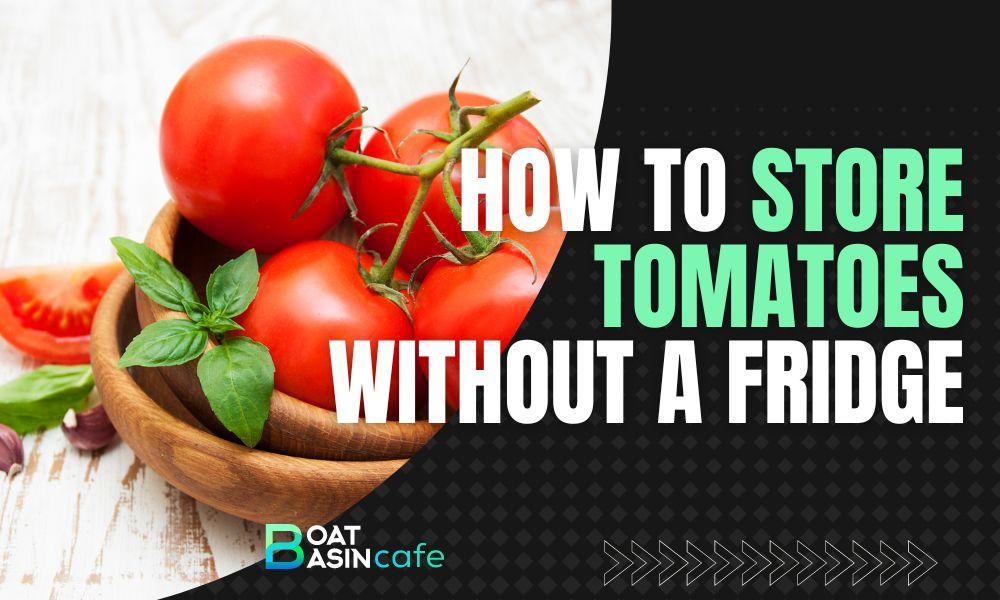
Understanding Tomato Storage🍅
Before we delve into the specific methods of storing tomatoes at room temperature for a long time, it’s essential to comprehend the factors affecting tomato shelf life and the role they play in preserving your precious red gems. Discussed below are three crucial elements that influence tomato storage: ripeness and maturity, temperature and humidity, and handling and storage conditions.
Ripeness and Maturity
Ripeness plays a significant role in determining how long tomatoes can be preserved. Underripe tomatoes have a longer shelf life and will continue to ripen at room temperature, while overripe tomatoes may spoil more quickly. So, if you plan on storing tomatoes for months, it’s recommended to choose slightly underripe tomatoes, allowing them to gradually ripen over an extended period.
Temperature and Humidity
Temperature and humidity greatly impact the quality and freshness of your tomatoes. As a general rule of thumb, the ideal tomato storage temperature ranges from 55°F to 70°F (13°C to 21°C) with a relative humidity of 85% to 95%. Higher temperatures may cause tomatoes to ripen and spoil faster, while lower temperatures can reduce their natural flavor and hinder the ripening process. Maintaining appropriate humidity levels also helps prevent tomato spoilage due to mold and bacteria growth.
Handling and Storage Conditions
Proper handling and storage conditions are critical in long-term tomato storage. Any damage to the tomato’s skin, such as bruises or cuts, can lead to faster spoilage and potential mold growth. Therefore, it’s essential to handle your tomatoes gently and store them in a way that prevents damage. Moreover, ensure that tomatoes do not come in direct contact with one another, as the pressure could cause bruising or accelerated ripening.
Preparing Tomatoes for Storage
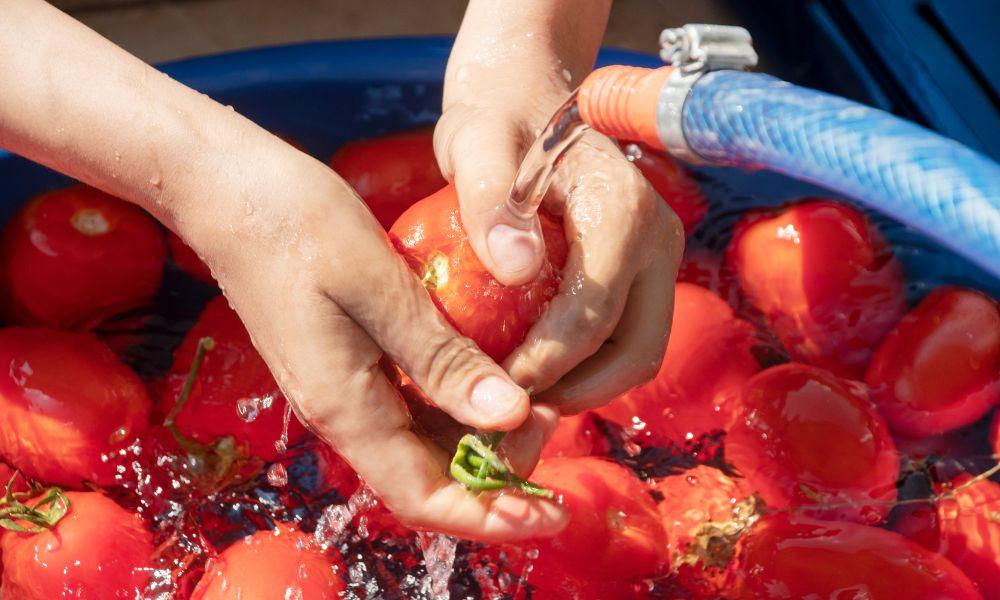
Now that you understand the factors affecting tomato preservation let’s discuss the essential steps in preparing your tomatoes for storage. These steps include selecting the right tomatoes, properly cleaning and drying them, and inspecting them for any signs of damage or rot.
Selecting the Right Tomatoes
Choose firm, plump tomatoes with no visible signs of bruising, mold, or damage. As previously mentioned, opting for slightly underripe tomatoes will help extend their shelf life and enable you to enjoy fresh, ripe tomatoes throughout the storage period. If you’re growing tomatoes at home, check out this guide for choosing the tastiest ones.
Cleaning and Drying
Before storing, thoroughly clean your tomatoes by gently rinsing them under running water. It’s best to avoid using any soap or detergents, as this might leave residues on the tomatoes that affect their flavor. After rinsing, pat them dry with a clean towel or paper towel. Removing excess moisture is crucial for preventing mold growth and prolonging tomato freshness.
Inspecting for Damage or Rot
Take a moment to carefully inspect each tomato for any signs of damage, bruises, or rot. If you spot any issues, remove the affected tomato, as it can compromise the freshness of the other tomatoes during storage. If you’re unsure what to do with your slightly damaged tomatoes, consider using them in these creative recipes.
Techniques for Long-Term Tomato Storage
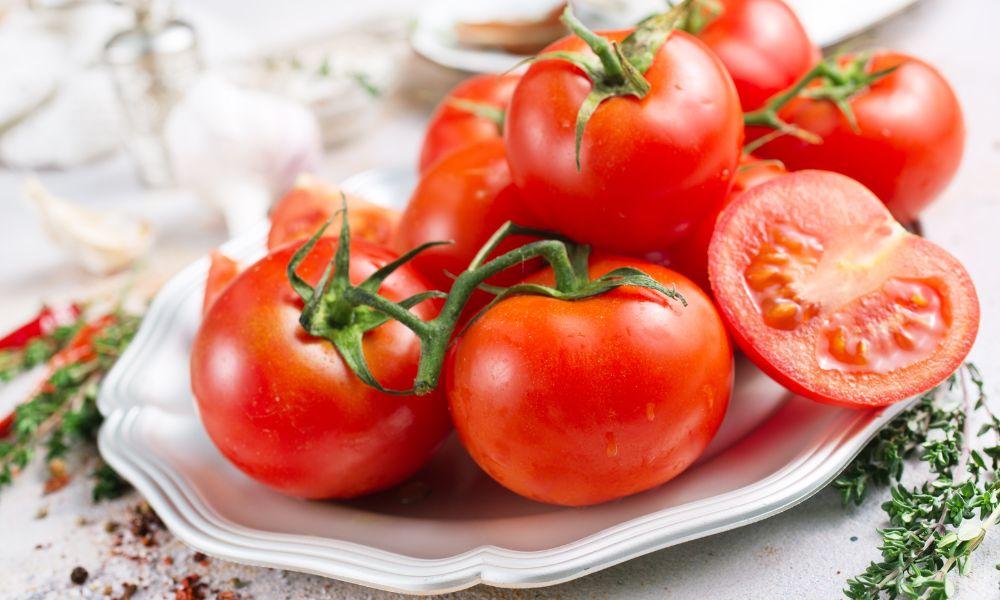
Once your tomatoes are prepped and ready, it’s time to dive into the various tomato storage techniques that will keep them fresh without the need for refrigeration. In this section, I will share my personal tried-and-tested methods for preserving tomatoes at room temperature, in a root cellar, and even through canning, dehydrating, and freezing.
Method 1: Room Temperature Storage
One of the simplest ways of storing tomatoes without a fridge is to keep them at room temperature. By following these tips, you can easily maintain their tastiness for a reasonable period.
Proper Storage Containers and Location: Use a storage container that promotes adequate air circulation, such as a wire basket or a cardboard tray with paper towels to absorb excess moisture. Avoid using plastic bags or sealed containers, as these can trap moisture and cause premature spoilage. Store the tomatoes in a cool, dry, and well-ventilated area away from direct sunlight or heat sources. Storing tomatoes in a pantry is an excellent option, given that the conditions meet the previously mentioned temperature and humidity requirements.
🍅Tips for Extending Shelf Life: Position the tomatoes stem-side down to prevent moisture loss and minimize potential bruising. Additionally, placing a small container with baking soda nearby can help absorb ethylene gas, which is produced by tomatoes as they ripen and can potentially accelerate the ripening of nearby fruits.
Method 2: Root Cellar Storage
A root cellar, often found in older homes or rural properties, is an excellent way to naturally preserve tomatoes without using a fridge. If you’re fortunate to have access to one, it can serve as your go-to tomato preservation method.
Creating an Ideal Environment: Ensure that your root cellar has controlled temperature and humidity levels suitable for preserving tomatoes. A thermometer and humidity monitor can help you keep track of the conditions.
Preparing and Organizing Tomatoes: Place tomatoes in single layers on wooden shelves or in cardboard boxes, making sure they don’t touch one another. Tier tomatoes, so each layer has a protective barrier – for instance, a layer of crumpled newspaper – to prevent bruising. Check your tomatoes regularly, removing and discarding any that show signs of spoilage.
The second part of this article contains more techniques and tips to help you preserve tomatoes for an extended period without refrigeration. Maintaining their freshness and quality shouldn’t be a challenge when you follow the methods provided here.
Method 3: Preserving Tomatoes (Canning, Drying, Freezing)
For even longer shelf life, consider preserving your tomatoes using canning, drying, or freezing techniques. Although these methods involve some refrigeration or freezing, they’re still worth mentioning, as they effectively preserve the tomatoes’ flavor and quality for extended periods.
Canning: Canning is a popular method for preserving tomatoes at home. To do this, you’ll need a pressure canner and some mason jars. Follow these basic steps: blanch the tomatoes to remove the skins, remove the cores and seeds, then pack the jars with the remaining tomato flesh. Fill the jars with boiling water, leaving a small gap at the top for expansion. Seal the jars with their lids and process them in a pressure canner according to the canner’s instructions. Once done, allow the jars to cool before storing them in a cool, dark place.
Dehydrating: Dehydrating, or drying, tomatoes is an ancient preservation method that significantly reduces their moisture content, making it difficult for mold and bacteria to thrive. To dry tomatoes, simply slice them thinly, arrange the slices on a wire rack or baking sheet, and let them slowly dry either in the sun or in a dehydrator. Once they’re adequately dry and have a leathery texture, store them in an airtight container or vacuum-sealed bag.
Freezing: While not entirely refrigeration-free, freezing tomatoes for long-term storage is a convenient and effective method. To freeze tomatoes, follow these steps: wash and dry the tomatoes, remove the cores, and slice them to your desired size. Arrange the tomato pieces on a parchment-lined baking sheet, ensuring they don’t touch one another, then freeze until solid. Once they’re fully frozen, transfer the pieces to airtight containers or freezer-safe bags and seal tightly before returning them to the freezer.
Tips for Maintaining Tomato Freshness
In addition to the above-discussed tomato storage techniques, adhering to these simple tips can help maintain your tomatoes’ freshness:
- Store tomatoes away from sunlight and heat sources, as heat can accelerate the ripening and spoilage process.
- Separate tomatoes from other fruits and vegetables, as some produce ethylene gas that can hasten the ripening of nearby tomatoes.
- Regularly check on stored tomatoes and remove any that show signs of spoilage to prevent the spread of mold or bacteria to neighboring tomatoes.
FAQs
How long can tomatoes be stored without refrigeration?
The storage duration depends on the tomatoes’ ripeness and the storage conditions. Properly stored and slightly underripe tomatoes can last up to two weeks at room temperature.
Can I store tomatoes with other fruits and vegetables?
Ideally, you should store tomatoes separately, as the ethylene gas produced by some fruits and veggies can speed up the tomatoes’ ripening process.
Can tomatoes be frozen for long-term storage?
Yes, tomatoes can be frozen (see Method 3: Freezing), and their quality is generally well-preserved when used in cooked dishes.
What are the signs that a tomato has gone bad?
Indicators include mold, wrinkled skin, a foul odor, or a mushy texture.
Are there any alternative storage methods?
The mentioned methods in this article (room temperature storage, root cellar storage, and preserving techniques) are the most tried-and-tested options for extending the shelf life of tomatoes without relying on regular refrigeration.
How can I prevent tomatoes from getting overripe?
Storing tomatoes at the proper temperature and humidity, ensuring adequate air circulation, and separating them from ethylene-producing fruits and vegetables can prevent overripening.
Conclusion
Congratulations! You’re now equipped with numerous tips and techniques to store tomatoes for a long time without needing a fridge. By following these methods and maintaining the ideal storage conditions, you’ll never again have to say goodbye to the delightful taste of fresh tomatoes once their season ends. Get ready to savor the juiciness and deliciousness of preserved tomatoes all year round with these effective storage strategies. Happy tomato storing!
